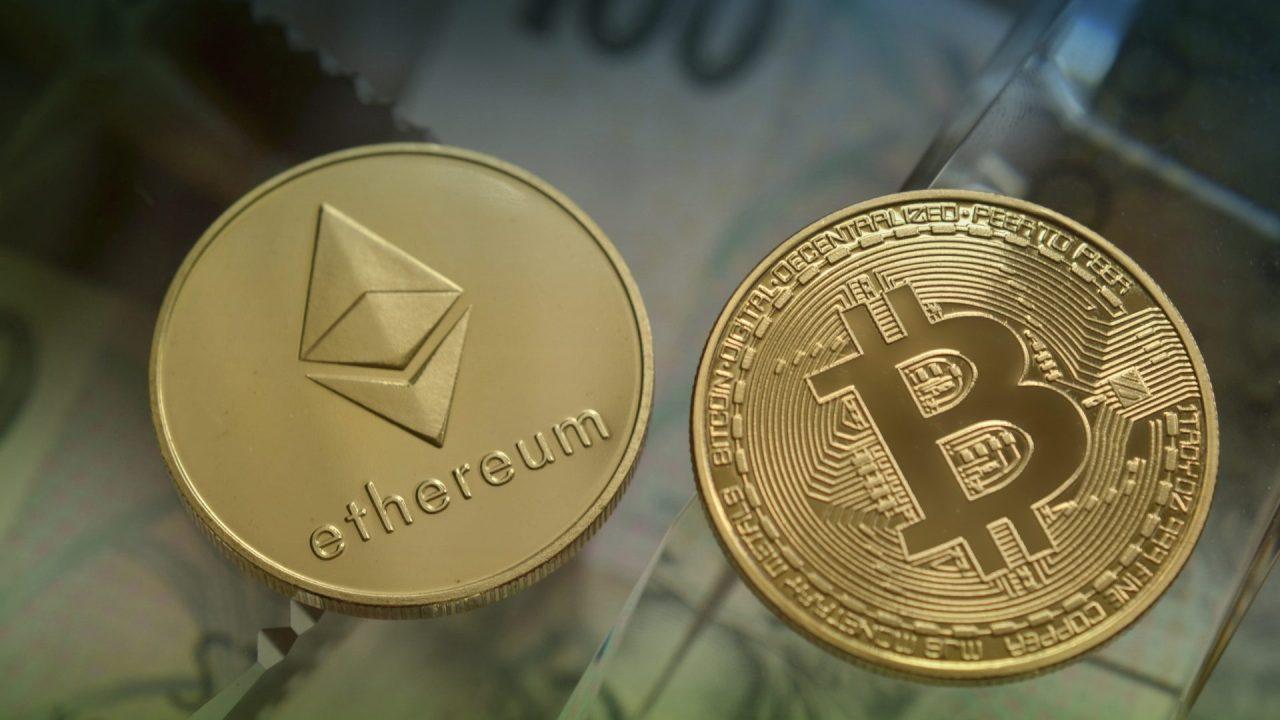Over the past week, Ether has undergone a more significant surge in worth, primarily due to the prosperous Shapella upgrade (further details on this below). At the start of the week, Ether was trading below $1,850, but following the upgrade, its value rose by approximately 13%, and it is currently being traded at slightly less than $2,100.

Analysis of Ethereum staking in the Shapella upgrade and its impact on the market
Although the release of Ethereum staking in the Shapella upgrade did not receive much attention, ether’s value increased later in the week. However, this growth was likely due to overall market positivity, rather than investors reacting to network changes.
According to CryptoQuant data, the value of staked ETH has only slightly increased, despite the potential benefits of unlocking staking for investors. The relative ratio of staked ETH is also lower compared to other major cryptocurrencies such as Cardano and Avalanche, with only around 15% of ether staked.
While some market instability in the short term was expected, the focus should be on long-term trends. The hope is that allowing staking will encourage more investors to stake their tokens, as it is now easier to retrieve them if needed. Over the next few months, it remains to be seen whether the percentage of staked ether will increase or whether it is already at a natural market level.
In contrast, Bitcoin has maintained a relatively stable value of around $30,000 after surpassing this milestone for the first time since June of last year. While the cryptocurrency briefly soared above $30,500 in the middle of the week, this increase was short-lived.
Mastercard Launches its NFT Program
Mastercard collaborates with blockchain developer Polygon to launch its artist NFT program. The initiative, which was first introduced in January, aims to support emerging musicians by providing them with Web3 tech tools to expand their fan base.
Through the “Mastercard Music Pass,” fans can acquire musician NFTs and other collectibles to help promote artists. Additionally, artists will have access to educational and AI tools and the ability to offer fans “Priceless” experiences.
Despite the NFT market’s recent subdued performance, it remains to be seen how successful Mastercard’s new offering will be, as further details about the program have yet to be revealed. One area that needs further exploration is digital musical ownership rights, which are a significant concern for upcoming artists who receive low compensation from subscription platforms. While blockchain technology could help safeguard artists’ digital rights, Mastercard appears to have taken a step back from such an ambitious move at this time.
Sweden becomes one of the last European Union nations to scale back subsidies that make crypto mining viable in the region
In other news, Sweden has become one of the last European Union nations to scale back subsidies that make crypto mining viable in the region. Although some argue that subsidies should not be the sole determinant of viability, this decision will undoubtedly impact the crypto-mining industry in Scandinavia. The cessation of the subsidy equates to a 6,000% tax increase per kilowatt hour.
Conclusion
With the crypto mining industry undergoing significant changes, including bans in some regions and the termination of financial support in others, the focus will now be on Bitcoin. Given the substantial environmental concerns associated with this cryptocurrency, the mining industry must develop clean energy solutions that allow for mining without adding to fossil fuel emissions.
Tradersdna is a leading digital and social media platform for traders and investors. Tradersdna offers premiere resources for trading and investing education, digital resources for personal finance, market analysis and free trading guides. More about TradersDNA Features: What Does It Take to Become an Aggressive Trader? | Everything You Need to Know About White Label Trading Software | Advantages of Automated Forex Trading









